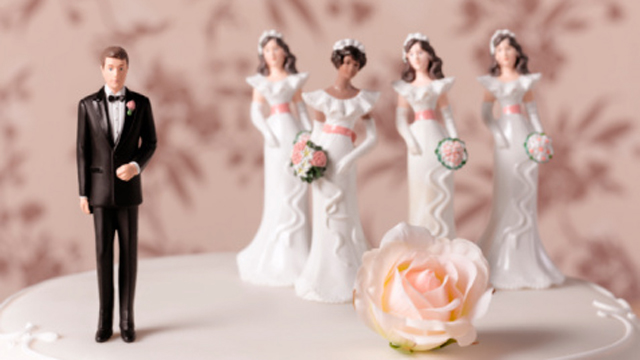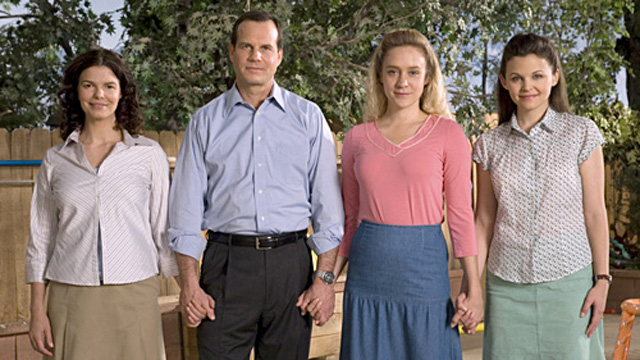A Link Between Alcohol Consumption and Monogamy

I am not kidding when I say this, if I had to live in a household in which my husband had more than one wife, there would have to be alcohol involved; at bare minimum a cocktail hour, but preferably an open bar. The reality is, of course, that if you are in a polygynous relationship in the developed world you are probably either of Mormon Fundamentalist or Muslim faith, both of which forbid the consumption of alcohol. I am not a religious scholar, but I suspect that the doctrine of these religions does not make a direct link between allowing multiple wives and prohibiting the occasional glass of wine. Perhaps though there is a relationship between monogamy and alcohol consumption, for example maybe having only one spouse has been driving us to drink.
New research poses this question and finds that pre-industrial societies with polygyny as the dominant marriage institution consume less alcohol than those with monogamy.* They also find that as individual societies transitioned from largely polygamous to largely monogamous, alcohol consumption, in general, increased. Both of these facts suggest a relationship between monogamy and drinking alcohol.
Now, before I go any farther, let’s make it clear that no one is arguing for causality here—there is no evidence that monogamy makes us drink more or that drinking makes it more likely for us to be monogamous. The truth is that monogamy and alcohol consumption are merely correlated, and that some third factor, most likely industrialization, is independently driving both the transition to monogamy and the increased alcohol consumption.
Correlation without causality doesn’t usually make for very good economic literature, but the authors get full marks for creativity.
We have discussed the argument for why industrialization leads to monogamy before here at Dollars and Sex so I won’t go into that other than to say that industrialization shifts wealth generation away from land ownership towards skilled labor increasing the demand for skilled wives (who produce skilled children) and reducing the number of wives in a household.
Alcohol consumption also increases following industrialization, perhaps because technological innovation increases the profitability of producing cheap alcohol or because a household’s income needs to increase above the subsistence level before alcohol is consumed in any large quantities. Another possibility is that urbanization (which is associated with industrialization) creates more opportunities for alcohol consumption or a change in social norms towards a drinking culture.
So as societies industrialize, agricultural production declines, people move into manufacturing production in urban settings, more households consist of one man and one woman (monogamy ensues) and everyone drinks more alcohol.
Of course, this doesn’t explain why the two dominant religions that permit polygyny also forbid alcohol consumption. But economic enquiry has its limits and explaining religion is not a bad place to draw the line. That won’t stop us, one day soon, from talking about why most (but not all) churches hate sex. After all, there is no point in having a line if you are not occasionally willing to cross it.
* Squicciarini, Mara and Jo Swinne “Women or Wine? Monogamy and Alcohol.” AAWE Working Paper No. 75.
Image courtesy of Flickr user rolands.lakis.





